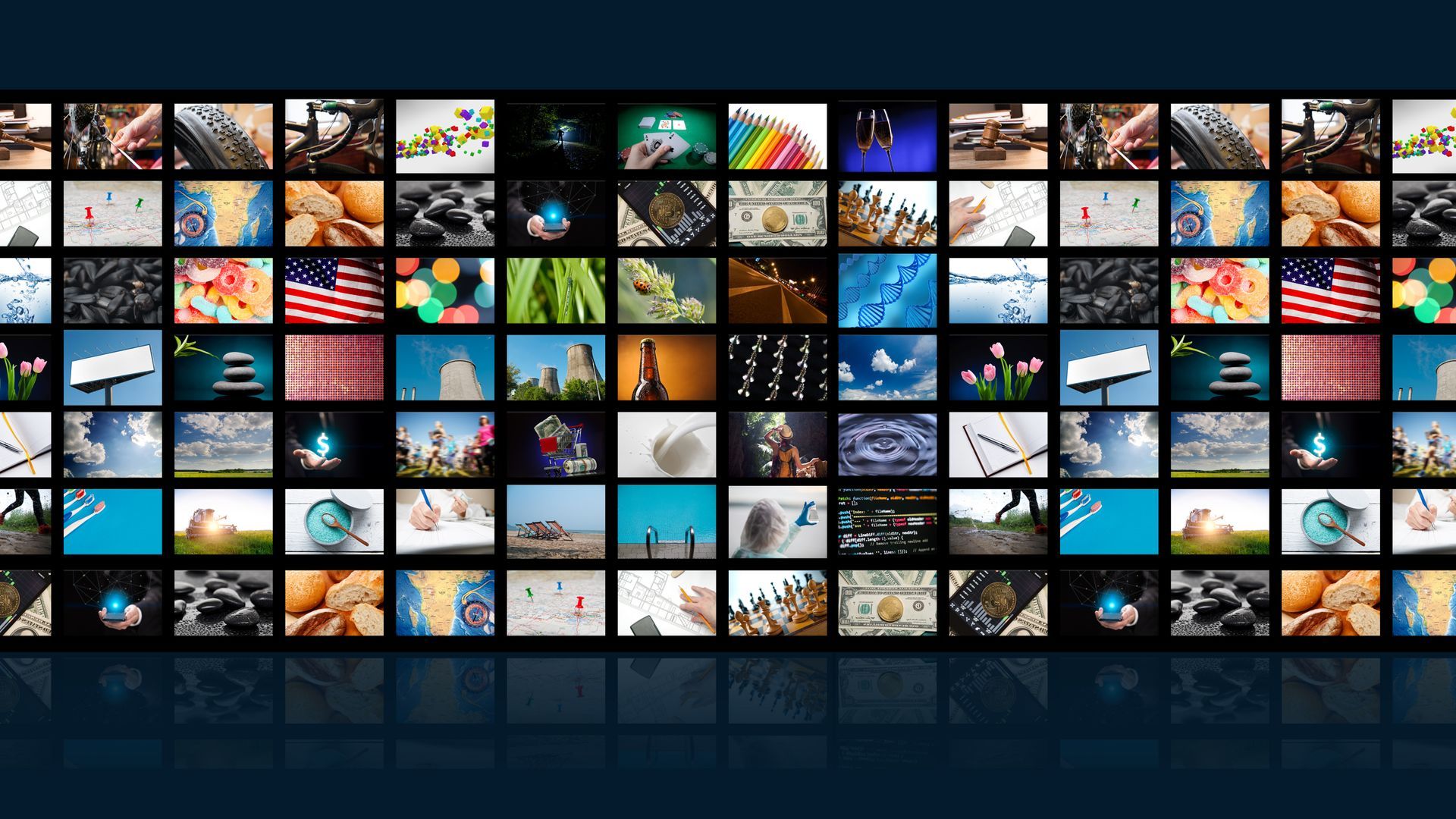The Power of Storytelling
Marketing tends to focus on analytics and systems, but we sometimes forget about one powerful tool that has existed since the beginning: storytelling. From our ancestors telling ancient myths to be passed down for the generations to come to modern-day brand narratives, stories have held the power to inspire and connect in all different ways.
Today, consumers face a constant bombardment of advertisements and catered content; using the power of storytelling in marketing campaigns has become critical for businesses, especially smaller firms aiming to create meaningful connections with their target clients.
Why Storytelling is an Effective Strategy
When a brand uses storytelling to convey its message, it connects with the audience emotionally. By telling a compelling story, marketers can create a memorable experience for consumers, making them more likely to remember and engage with the brand.
Additionally, storytelling allows marketers to communicate the brand's values and personality more authentically. Instead of bombarding consumers with sales pitches, storytelling enables brands to share their stories and build trust with their audience, increasing brand loyalty and customer engagement.
The Emotional Resonance of Stories
At the heart of storytelling lies its ability to bring out emotions and create profound connections on a human level. Unlike traditional marketing messages focusing solely on product features or sales pitches, stories can engage the audience's imagination, stir empathy, and spark genuine interest. By weaving narratives that resonate with their target audience's hopes, dreams, and challenges, small marketing firms can create a powerful emotional bond that transcends transactional relationships.
Building Brand Identity and Authenticity
Storytelling is a potent tool for small businesses to authentically define and express their brand identity. Through compelling narratives that reflect their values, mission, and vision, small firms can differentiate themselves from competitors and carve out a distinct identity in the minds of consumers. Whether recounting the founder's journey, highlighting customer success stories, or showcasing the company's commitment to social responsibility, storytelling allows small businesses to humanize their brand and foster customer trust and loyalty.

Obtaining and Retaining Attention
In today's era of information overload, capturing and retaining audience attention is a formidable challenge for marketers. Stories offer a compelling solution by providing a narrative structure that captures the audience's interest and sustains their engagement over time. Whether through immersive blog posts, captivating videos, or interactive social media campaigns, small marketing firms can leverage storytelling to create content that resonates with their audience, keeping them hooked and coming back for more.
Inspiring Action and Driving Conversions
Beyond mere engagement, storytelling can inspire action and drive conversions for small businesses. Crafting compelling narratives highlighting the benefits and value propositions of their products/services can motivate an audience to take action, whether it's making a purchase, signing up for a newsletter, or sharing the content with others. When backed by authentic storytelling, calls to action become more than just transactional prompts; they become invitations to be part of a significant narrative journey.
Leveraging Multiple Channels and Formats
One of the beauties of storytelling in marketing is its versatility across various channels and formats. Whether through written content on blogs and websites, visual content on social media platforms, or multimedia content in the form of videos and podcasts, small marketing firms have many opportunities to harness the power of storytelling and reach their audience wherever they are. By adapting their narratives to suit different mediums and platforms, small firms can maximize their reach and impact, ensuring their stories resonate with their audience regardless of the channel.

Implementing Storytelling in Marketing Strategy
So, how can a business adopt storytelling into its overall marketing strategy? First, identify the target audience and understand their needs and interests; this will help craft a compelling narrative that resonates with the audience. Next, use storytelling techniques when creating specific content, such as character development and conflict/resolution (when applicable); marketers can create a captivating brand story that engages customers emotionally.
It is crucial to choose the proper channels to deliver the brand's story, whether it's through social media, videos, or written content. The key is to make the storytelling experience immersive and interactive, allowing consumers to connect with the brand on a deeper level. Consider your story, and test to see what marketing medium will work best to tell it.
Remember, your marketing strategy doesn't need to center around storytelling. The best way to implement it is to use it as one tool in an overall marketing system; storytelling on a case-by-case basis will allow each crafted message to impact the audience significantly.
Work with Cole-Dalton Marketing Services
Storytelling is an effective marketing strategy because it engages the audience, communicates brand values, and builds consumer trust. By implementing storytelling in content creation, businesses can differentiate themselves from the competition and build a loyal customer base.
Our Cole-Dalton Marketing Services team's goal is to help small businesses succeed. We focus on all things marketing so you can focus on the heart of your small business. Check out our
capabilities and
marketing system plans, and let's
get in touch to take your business to the next level!









